Home>Articles>What Causes The Brake Pedal To Go To The Floor
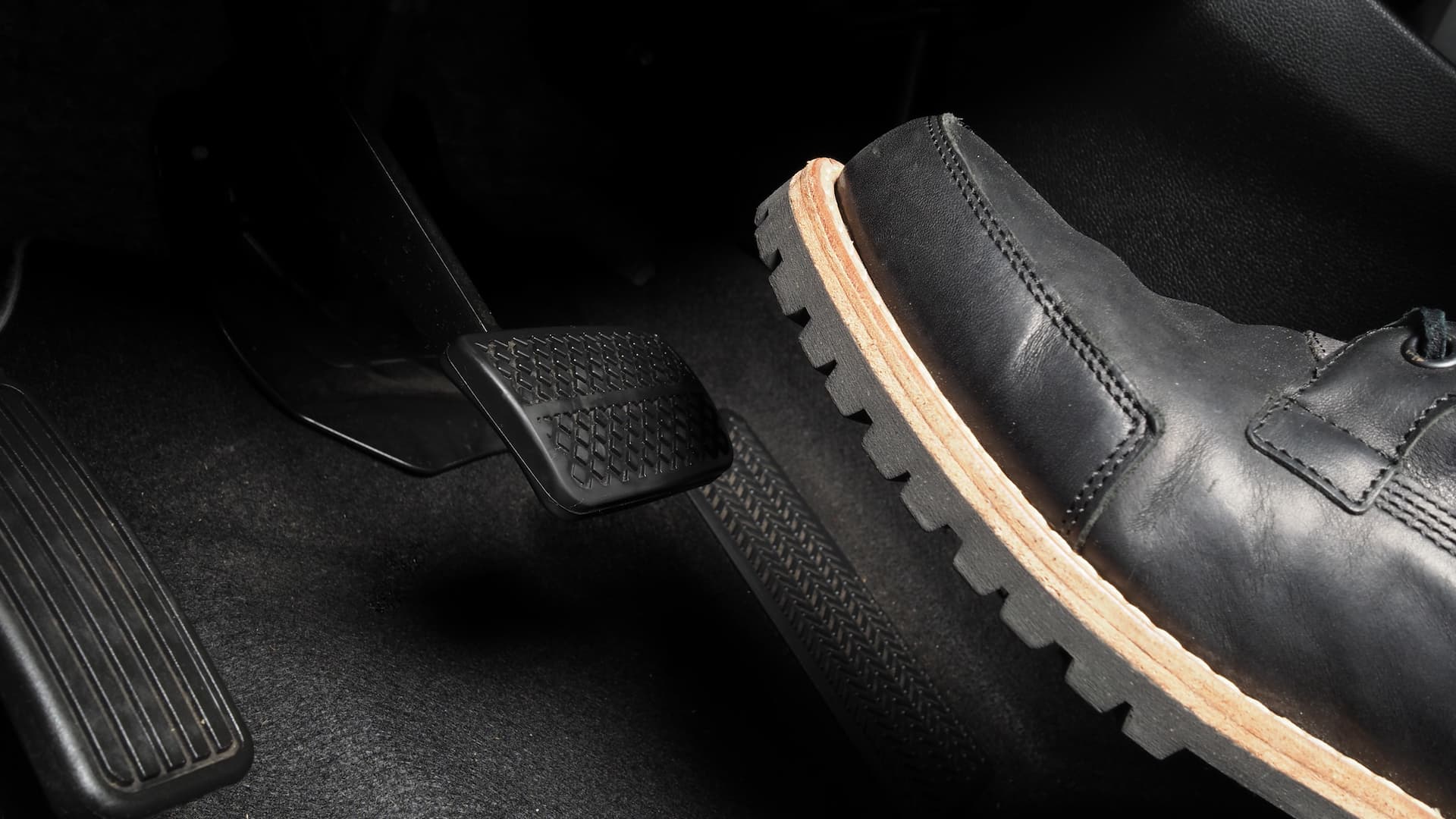

Articles
What Causes The Brake Pedal To Go To The Floor
Modified: December 7, 2023
Discover the common causes of a brake pedal going to the floor in our informative articles. Learn how to identify and fix this issue to ensure your safety on the road.
(Many of the links in this article redirect to a specific reviewed product. Your purchase of these products through affiliate links helps to generate commission for Storables.com, at no extra cost. Learn more)
Introduction
One of the most crucial components of any vehicle’s braking system is the brake pedal. It serves as the main link between the driver and the brakes, allowing for precise control and stopping power. However, there may be instances where the brake pedal behaves unexpectedly, such as going to the floor when depressed.
Experiencing a brake pedal that goes to the floor can be a heart-stopping moment for any driver. It not only jeopardizes your safety but also raises concerns about the overall condition of your braking system. Understanding the possible causes of this issue is key to taking appropriate action and ensuring the proper functioning of your vehicle.
In this article, we will explore the various factors that can lead to a brake pedal going to the floor. By gaining a deeper understanding of these causes, you can better diagnose the issue and make informed decisions about necessary repairs or maintenance.
Key Takeaways:
- Don’t ignore a sinking brake pedal! From brake fluid leaks to ABS malfunctions, understanding the causes is crucial. Consult a mechanic promptly to ensure your safety on the road.
- Regular maintenance is key! Keep an eye out for worn brake pads, air in the system, and other potential issues. Addressing them promptly will maintain your vehicle’s braking reliability.
Read more: What Causes A Water Pump To Go Bad
Understanding Brake Pedal Behavior
To properly diagnose and address a brake pedal that goes to the floor, it is important to understand the normal behavior of the brake pedal. Under normal circumstances, when you press the pedal, you should feel a firm resistance, and the pedal should not sink to the floor. This firmness indicates that the brakes are engaging and providing the necessary braking force.
There are several components that contribute to the proper functioning of the brake pedal. These include the brake fluid, brake pads or shoes, brake lines and hoses, brake master cylinder, and the brake booster. Any issue with these components can potentially cause the brake pedal to behave abnormally.
It’s worth noting that the behavior of the brake pedal may vary depending on the type of braking system in your vehicle. Some vehicles have traditional hydraulic brake systems, while others are equipped with anti-lock braking systems (ABS). Both systems can experience issues that result in a brake pedal going to the floor.
Additionally, it’s important to understand that a brake pedal that goes to the floor is not always a uniform experience. In some cases, the pedal may sink slowly, while in others, it may suddenly drop to the floor. The severity of the issue can also vary, with some drivers reporting a soft pedal that requires extra force to stop the vehicle, and others experiencing a complete loss of braking power.
By familiarizing yourself with the normal behavior of the brake pedal, as well as the various components involved in the braking system, you can better identify and address any issues that may arise.
Possible Causes of Brake Pedal Going to the Floor
When the brake pedal goes to the floor, it can be a sign of various underlying issues within the braking system. Here are some of the common causes to consider:
- Brake Fluid Leak: A brake fluid leak can lead to a decrease in hydraulic pressure, causing the pedal to go to the floor. Leaks can occur in brake lines, hoses, calipers, or the brake master cylinder.
- Worn Brake Pads or Shoes: If the brake pads or shoes are excessively worn, they may not be able to provide adequate friction, resulting in a soft pedal and reduced stopping power.
- Air in the Brake System: The presence of air bubbles in the brake lines can lead to a spongy brake pedal and a loss of hydraulic pressure. This can occur during brake system repairs or due to a leak.
- Malfunctioning Brake Master Cylinder: The brake master cylinder is responsible for generating hydraulic pressure. If it malfunctions or develops a leak, it can result in a soft or sinking brake pedal.
- Failed Brake Booster: The brake booster assists in applying the necessary force to the brakes. If it fails, it can cause a loss of power assistance and a sinking brake pedal.
- Damaged Brake Lines or Hoses: Any damage to the brake lines or hoses can lead to fluid leaks, resulting in decreased hydraulic pressure and a sinking pedal.
- Faulty ABS System: In vehicles equipped with ABS, a malfunctioning ABS system can cause the brake pedal to go to the floor. Issues such as a faulty ABS pump or sensor can disrupt the proper operation of the braking system.
- Improperly Adjusted Brake Pedal: If the brake pedal is not adjusted properly, it may not engage the brakes fully, leading to a soft or sinking pedal.
- Soft Brake Pedal Syndrome: This condition occurs when there is excessive pedal travel before the brakes engage. It can be caused by factors such as glazed brake pads, improper brake system bleeding, or a misaligned brake pedal.
- Other Potential Causes: Other factors that can contribute to a brake pedal going to the floor include a failed brake proportioning valve, a damaged wheel cylinder, or a problem with the brake pedal linkage.
It’s important to note that identifying the specific cause of a sinking brake pedal may require a thorough inspection by a qualified mechanic. This will ensure an accurate diagnosis and appropriate repairs to restore the proper functioning of the braking system.
Brake Fluid Leak
A brake fluid leak is one of the most common causes of a brake pedal going to the floor. Brake fluid plays a crucial role in transmitting hydraulic pressure from the brake pedal to the brake components, allowing them to engage and provide stopping power. When a leak occurs, it compromises the hydraulic pressure, resulting in a sinking pedal.
There are several areas where a brake fluid leak can occur in the braking system. These include the brake lines, hoses, calipers, and the brake master cylinder. Over time, these components can deteriorate, develop cracks, or suffer damage from road debris, causing fluid to leak out.
When a brake fluid leak is present, you may notice puddles of fluid underneath your vehicle, especially near the wheels or underneath the master cylinder. You may also experience a significant decrease in braking performance, along with a soft or spongy pedal feel.
If you suspect a brake fluid leak, it is imperative to address the issue promptly. Operating a vehicle with a leaking brake system can lead to a complete loss of braking power, posing a serious safety hazard.
To repair a brake fluid leak, a qualified mechanic will need to identify the source of the leak and replace or repair the affected components. This may involve replacing brake lines, hoses, calipers, or the brake master cylinder, depending on the extent of the damage. After the repair, the braking system will need to be properly bled and the fluid topped up to ensure proper functionality.
To prevent brake fluid leaks in the future, it is essential to regularly inspect the braking system and address any signs of wear or damage. It is also important to use the recommended type and quality of brake fluid as specified by the vehicle manufacturer. Regular maintenance and fluid flushes will help keep the system in optimal condition and minimize the risk of leaks.
Worn Brake Pads or Shoes
Another possible cause of a brake pedal going to the floor is worn brake pads or shoes. Brake pads and shoes are responsible for creating the friction needed to slow down or stop your vehicle. Over time, these components wear down due to constant contact with the rotors or drums, and they will eventually need to be replaced.
When brake pads or shoes become excessively worn, they may not be able to provide enough friction to effectively slow down the vehicle. As a result, you may experience a soft brake pedal, decreased stopping power, and the pedal sinking closer to the floor when depressed.
One way to determine if your brake pads or shoes are worn is to visually inspect them. If the brake pads have less than 3mm of friction material remaining, or if the brake shoes are worn down to the metal, it’s a clear indication that they need to be replaced.
Replacing worn brake pads or shoes is a relatively straightforward process and can often be done as a DIY project for those with basic mechanical skills. However, if you’re not comfortable doing it yourself, it’s best to seek the assistance of a professional mechanic to ensure the job is done correctly.
During the brake pad or shoe replacement process, it is essential to inspect other related components, such as the rotors or drums. If these components are excessively worn or damaged, they may also need to be replaced or resurfaced to ensure proper braking performance.
In order to prevent premature brake pad or shoe wear, it’s important to follow proper braking techniques. Avoid excessive braking, especially abrupt or prolonged braking, as this can accelerate wear on the braking system. Additionally, regular maintenance and inspections will help identify and address any issues before they become more severe.
Remember, worn brake pads or shoes not only compromise your vehicle’s braking performance, but they also pose safety risks. Therefore, it’s crucial to address this issue promptly to restore optimal braking functionality and ensure your safety on the road.
Read more: What Does Brake Lamp Light Mean
Air in the Brake System
Air in the brake system can lead to a brake pedal that goes to the floor. The presence of air bubbles in the brake lines prevents the proper transmission of hydraulic pressure, resulting in a loss of braking power and a soft or spongy pedal feel.
Air can enter the brake system through various means, such as during repairs or maintenance when the brake fluid is changed or when there is a leak in the system. When air is trapped in the brake lines, it compresses differently than brake fluid, causing a spongy pedal and reducing the effectiveness of the brakes.
There are a few common signs that indicate the presence of air in the brake system. These include a soft or sinking brake pedal, excessive pedal travel before braking occurs, and a lack of responsiveness from the brakes. You may also notice a hissing sound when depressing the brake pedal, indicating the presence of air escaping the system.
To address the issue of air in the brake system, a process called brake bleeding is necessary. Brake bleeding involves removing the air from the brake lines and replacing it with fresh brake fluid. This can be done manually or with the help of specialized equipment, depending on the specific vehicle and bleeding method recommended by the manufacturer.
If you’re not experienced with brake system maintenance, it is best to have a professional mechanic perform the brake bleeding procedure. They have the expertise and tools to ensure proper bleeding and prevent any air from being reintroduced into the system.
It’s important to note that brake bleeding may not only solve the issue of air in the brake system but can also reveal any underlying problems, such as brake fluid leaks or malfunctioning components. This is why a thorough inspection of the braking system is recommended during the bleeding process.
To prevent air from entering the brake system in the future, it is crucial to follow proper bleeding procedures when changing brake fluid and to regularly inspect the braking system for any leaks or damage. Routine brake system maintenance will help ensure the proper operation of your brakes and maintain your safety on the road.
Malfunctioning Brake Master Cylinder
A malfunctioning brake master cylinder can be a significant cause of a brake pedal going to the floor. The brake master cylinder is a vital component of the braking system that generates and distributes hydraulic pressure to the brake calipers or wheel cylinders.
When the brake master cylinder malfunctions, it can result in various issues, including a sinking brake pedal. There are several reasons why a brake master cylinder may fail or malfunction:
Internal Seal Failure: The brake master cylinder contains multiple seals that help maintain the integrity of the hydraulic system. Over time, these seals can deteriorate and fail, leading to fluid leakage and a loss of hydraulic pressure. As a result, the pedal may sink when depressed.
Master Cylinder Bypassing: Another possible cause of a malfunctioning brake master cylinder is bypassing. This occurs when the internal piston or bore within the master cylinder becomes worn or develops grooves. As a result, the fluid may bypass the piston, reducing the hydraulic pressure and causing the pedal to go to the floor.
Internal Valve Issues: The brake master cylinder also contains various valves that control the flow and pressure of the brake fluid. If these valves become clogged, damaged, or fail to function correctly, it can affect the hydraulic pressure and result in a sinking brake pedal.
If you suspect a malfunctioning brake master cylinder, it is essential to have it inspected and repaired by a qualified mechanic. They will conduct diagnostic tests to determine the exact cause of the malfunction and recommend the appropriate course of action.
In most cases, a malfunctioning brake master cylinder will need to be replaced. It is not a component that can be easily repaired or serviced. A new master cylinder will be properly installed and the system will need to be bled to remove any air and ensure proper brake function.
To prevent issues with the brake master cylinder, regular maintenance of the brake system is crucial. This includes inspecting the brake fluid levels, monitoring for any signs of leaks, and having the brake fluid flushed and replaced as recommended by the vehicle manufacturer.
Addressing a malfunctioning brake master cylinder promptly is essential for your safety on the road. By having it diagnosed and repaired by a professional, you can restore the proper function of your braking system and ensure reliable stopping power.
Check for brake fluid leaks, worn brake pads, or a faulty master cylinder. Any of these issues can cause the brake pedal to go to the floor. Always address brake problems immediately for safety.
Failed Brake Booster
A failed brake booster can be a major reason for a brake pedal that goes to the floor. The brake booster, also known as the power brake booster, is a component that assists in applying the necessary force to engage the brakes.
The brake booster operates by using engine vacuum or hydraulic pressure to multiply the force of the brake pedal when it is depressed. This provides the driver with greater braking power with less effort. However, when the brake booster fails, it can result in a loss of power assistance and a sinking brake pedal.
There are several reasons why a brake booster can fail:
Vacuum Leak: Many brake boosters rely on engine vacuum to operate. If there is a leak in the vacuum line or the check valve that controls the vacuum flow, it can result in a loss of vacuum pressure and a failed brake booster.
Diaphragm Damage: The brake booster contains a diaphragm that moves when the brake pedal is depressed. Over time, the diaphragm can develop tears, cracks, or other damage that affects its function. This can lead to a failed brake booster and a sinking brake pedal.
Hydraulic Pressure Loss: Some vehicles use a hydraulic brake booster system instead of vacuum-assisted boosters. In these cases, a loss of hydraulic pressure due to a fluid leak or other issues can result in a failed brake booster.
If you suspect a failed brake booster, it is essential to have it inspected and repaired by a professional mechanic. They will perform diagnostic tests to determine the cause of the failure and recommend the necessary repairs.
In most cases, a failed brake booster will require replacement. This is not a component that can be easily repaired. A new brake booster will need to be properly installed and the system bled to ensure the proper function of the brakes.
Regular maintenance of the brake system is crucial to prevent a failed brake booster. This includes monitoring the brake fluid levels, checking for any signs of leaks, and addressing any issues with the brake system promptly.
It is important to address a failed brake booster promptly as it can significantly affect your ability to stop the vehicle safely. By having it diagnosed and repaired by a professional, you can restore the proper function of your braking system and ensure reliable braking performance.
Damaged Brake Lines or Hoses
Another potential cause of a brake pedal going to the floor is damaged brake lines or hoses. The brake lines and hoses are integral parts of the hydraulic system that carries brake fluid from the master cylinder to the brake calipers or wheel cylinders.
If the brake lines or hoses become damaged, it can result in a leak, leading to a loss of hydraulic pressure and a sinking brake pedal. There are several ways in which brake lines or hoses can become damaged:
Rust or Corrosion: Over time, brake lines can develop rust or corrosion, especially in regions with harsh winter climates or where roads are treated with salt. This corrosion can weaken the brake lines, causing them to develop cracks or full-blown leaks.
Physical Damage: Brake lines and hoses can also be damaged due to accidents, impacts, or improper maintenance procedures. Any external force that causes sharp bends, kinks, or cuts in the lines can result in fluid leakage and a brake pedal that goes to the floor.
Age and Wear: With age, brake lines and hoses can become brittle and deteriorate. This can lead to cracks or weakened areas that may result in leaks and a loss of hydraulic pressure.
If you suspect damage to your brake lines or hoses, it is essential to have them inspected and repaired by a qualified mechanic. They will examine the lines and hoses for any signs of leaks, cracks, or other damage and recommend the necessary repairs or replacements.
Repairing damaged brake lines or hoses typically involves replacing the affected components. The mechanic will ensure that the new lines or hoses are properly installed and tightly sealed to prevent any fluid leakage. They will also bleed the brake system to remove any air and restore the proper hydraulic pressure.
To prevent damage to brake lines and hoses, regular inspections and maintenance are crucial. This includes checking for signs of corrosion, leaks, or physical damage. Additionally, avoiding excessive force or stress on the lines and hoses during repairs or maintenance procedures can help prevent accidental damage.
Addressing damaged brake lines or hoses promptly will help prevent a compromised braking system and ensure your safety on the road. By having them professionally repaired or replaced, you can restore the proper functionality of your brakes and regain confidence in your vehicle’s stopping power.
Read more: How To Use A Siding Brake
Faulty ABS System
A faulty anti-lock braking system (ABS) can contribute to a brake pedal going to the floor. The ABS is a safety feature designed to prevent the wheels from locking up during sudden or hard braking, allowing the driver to maintain control of the vehicle.
If the ABS system malfunctions, it can affect the braking performance and cause the pedal to go to the floor. Some common causes of a faulty ABS system include:
ABS Pump Failure: The ABS system relies on a pump to modulate the hydraulic pressure to the individual brake calipers or wheel cylinders. If the ABS pump fails, it can result in a loss of pressure, causing the pedal to sink when braking.
ABS Sensor Issues: The ABS system relies on sensors to monitor the rotational speed of each wheel. If one or more sensors are faulty or damaged, it can cause the ABS system to activate unnecessarily, resulting in a reduction in braking power and a sinking pedal.
Electronic Control Unit (ECU) Malfunction: The ABS system’s electronic control unit is responsible for interpreting the data from the sensors and controlling the modulation of braking pressure. If the ECU malfunctions, it can cause erratic behavior of the ABS system, including a sinking brake pedal.
If you suspect a faulty ABS system, it is crucial to have it diagnosed and repaired by a qualified mechanic with experience in ABS systems. They will use diagnostic equipment to scan for any error codes and perform tests to identify the specific cause of the ABS malfunction.
The repair of a faulty ABS system will depend on the specific issue discovered during the diagnostic process. It may involve replacing the ABS pump, repairing or replacing faulty sensors, or addressing any issues with the electronic control unit.
Regular maintenance of the ABS system is important to prevent issues. This includes checking the ABS warning light on the dashboard to ensure it illuminates briefly during vehicle startup, indicating that the system is functioning properly. If the ABS warning light stays on or flashes, it is an indication of an ABS system malfunction that requires attention.
A faulty ABS system can compromise the safety of your vehicle, especially in emergency braking situations. It is essential to have any ABS issues addressed promptly to ensure reliable braking performance and maximize your safety on the road.
Improperly Adjusted Brake Pedal
Another potential cause of a brake pedal going to the floor is an improperly adjusted brake pedal. The brake pedal is designed to provide a firm and responsive feel when engaged, allowing for effective control of the braking system.
If the brake pedal is not adjusted correctly, it may not engage the brakes fully, resulting in a soft or sinking pedal. There are several reasons why a brake pedal may be improperly adjusted:
Misalignment: Over time, the various components of the braking system, including the pedal itself, may shift or become misaligned. This can cause the pedal to engage the brakes improperly, leading to a soft or sinking pedal feel.
Loose Components: Loose components within the brake pedal assembly, such as the pedal linkage or pushrod, can affect the pedal’s engagement with the braking system. If these components are not securely tightened, it can lead to improper pedal adjustment and a soft pedal feel.
Worn or Damaged Pedal Pads: The pedal pads, which provide traction for your foot, can wear down or become damaged over time. If the pedal pads are in poor condition, they may not allow for proper application of force to engage the brakes fully, resulting in an improperly adjusted pedal.
To address an improperly adjusted brake pedal, it is necessary to have it inspected and adjusted by a qualified mechanic. They will assess the alignment of the pedal and the various components of the braking system, ensuring everything is properly aligned and tightened.
In some cases, replacing worn or damaged pedal pads may be necessary to achieve the correct pedal adjustment. The mechanic will also examine the brake pedal assembly for any other potential issues that may be affecting the pedal’s engagement with the braking system.
Performing regular inspections and maintenance of the brake pedal is essential to prevent improper adjustment. This includes checking for any signs of wear or damage to the pedal pads, as well as ensuring that all components are properly tightened and aligned.
Addressing an improperly adjusted brake pedal will help ensure a firm and responsive pedal feel, allowing for effective engagement of the braking system. This will improve your driving experience and contribute to the overall safety and performance of your vehicle.
Soft Brake Pedal Syndrome
Soft brake pedal syndrome refers to a condition in which the brake pedal feels soft or spongy when pressed, requiring additional effort to engage the brakes fully. It is often characterized by increased pedal travel before the brakes respond and a lack of firmness in the pedal feel.
There are several potential causes of soft brake pedal syndrome:
Glazed Brake Pads: Over time, brake pads can develop a glaze on their friction surface. This occurs when excessive heat causes the brake pad material to harden, reducing its ability to provide adequate friction. As a result, the pedal may feel soft and require additional force to effectively engage the brakes.
Improper Brake System Bleeding: During brake system repairs or maintenance, air can become trapped in the brake lines. If the system is not properly bled to remove this air, it can result in a soft brake pedal. Proper bleeding is crucial to ensure that only brake fluid, free of air bubbles, is present in the hydraulic system.
Misaligned Brake Pedal: A misaligned brake pedal can affect the travel and engagement of the pedal. If the pedal is not aligned properly, it may not engage the brake components fully, resulting in a soft pedal feel.
Master Cylinder Issues: Malfunctioning or worn brake master cylinders can contribute to a soft brake pedal. A failing master cylinder may not be able to generate sufficient hydraulic pressure, leading to a lack of firmness in the pedal feel.
Vacuum or Hydraulic Leak: Leaks in the vacuum or hydraulic systems can cause a loss of pressure, resulting in a soft brake pedal. Vacuum leaks can occur in the brake booster or associated lines, while hydraulic leaks can happen in the brake lines, hoses, or the master cylinder.
To address soft brake pedal syndrome, a thorough inspection of the braking system is necessary. This may involve checking the condition of the brake pads, ensuring proper brake system bleeding, aligning the brake pedal correctly, and identifying any leaks or issues with the master cylinder or associated components.
Resolving soft brake pedal syndrome will depend on the specific cause identified during the inspection. This may involve replacing glazed brake pads, performing proper brake system bleeding, realigning the brake pedal, or repairing or replacing faulty components such as the master cylinder.
Regular maintenance, including proper brake system bleeding and brake pad inspections, is important to prevent and address soft brake pedal syndrome. It is critical to address this issue promptly to ensure the continued safety and reliability of your vehicle’s braking system.
Other Potential Causes
In addition to the previously mentioned causes, there are some other potential factors that can contribute to a brake pedal going to the floor. These causes are less common but should still be considered when diagnosing the issue:
Brake Proportioning Valve Failure: The brake proportioning valve is responsible for distributing the braking force between the front and rear wheels. If this valve fails or malfunctions, it can cause an imbalance in the brake system, resulting in a sinking pedal.
Damaged Wheel Cylinder: In drum brake systems, the wheel cylinders are responsible for applying the brake shoes against the drum. If a wheel cylinder is damaged or leaking, it can lead to a loss of hydraulic pressure and a sinking brake pedal.
Brake Pedal Linkage Issues: The mechanical linkage that connects the brake pedal to the master cylinder can develop problems. If there is excessive play or misalignment in the linkage, it can affect the pedal’s ability to engage the brakes fully.
Faulty Brake Pedal Pressure Sensor: Vehicles equipped with brake-by-wire systems may have a brake pedal pressure sensor that measures the force applied to the brake pedal. A faulty sensor can provide inaccurate readings, resulting in a soft or sinking pedal feel.
Electrical Wiring or Sensor Issues: In some cases, issues with the electrical wiring or sensors related to the braking system, such as the ABS sensors or brake pedal position switch, can result in abnormal brake pedal behavior, including a pedal that goes to the floor.
When encountering a brake pedal that goes to the floor, it is important to consult with a qualified mechanic to properly diagnose the issue. They will have the knowledge and equipment necessary to identify the specific cause and perform the appropriate repairs or maintenance.
Remember, the braking system is a critical component for ensuring your safety on the road. Any abnormalities in brake pedal behavior should be addressed promptly to prevent potential accidents or further damage to the braking system.
Conclusion
Experiencing a brake pedal that goes to the floor can be a concerning and potentially dangerous situation for any driver. Properly diagnosing the cause of this issue is essential to ensure the safety and functionality of your vehicle’s braking system.
In this article, we have explored the various possible causes of a brake pedal going to the floor. From brake fluid leaks and worn brake pads to air in the brake system and malfunctioning components like the brake master cylinder or brake booster, each potential cause requires its own unique solution.
While it is important to understand the potential causes, it is equally vital to consult with a qualified mechanic to accurately diagnose and address the issue. They have the expertise and tools required to properly inspect and repair the braking system to ensure optimal performance.
Regular maintenance and inspections of the braking system are crucial to prevent issues that can lead to a sinking pedal. This includes checking for leaks, maintaining proper fluid levels, replacing worn brake pads, and ensuring proper brake system bleeding.
Ultimately, the safety of you and your passengers relies on a well-functioning braking system. If you encounter a brake pedal that goes to the floor, it is imperative to have it addressed promptly. Ignoring the issue can lead to compromised braking performance, increased stopping distances, and potential accidents.
Remember, this article serves as a guide to understanding the possible causes of a brake pedal going to the floor. Always consult with a qualified mechanic to diagnose and address the specific issue in your vehicle.
By taking proactive measures and addressing any issues promptly, you can maintain the reliability and effectiveness of your vehicle’s braking system, ensuring a safe and confident driving experience.
Frequently Asked Questions about What Causes The Brake Pedal To Go To The Floor
Was this page helpful?
At Storables.com, we guarantee accurate and reliable information. Our content, validated by Expert Board Contributors, is crafted following stringent Editorial Policies. We're committed to providing you with well-researched, expert-backed insights for all your informational needs.



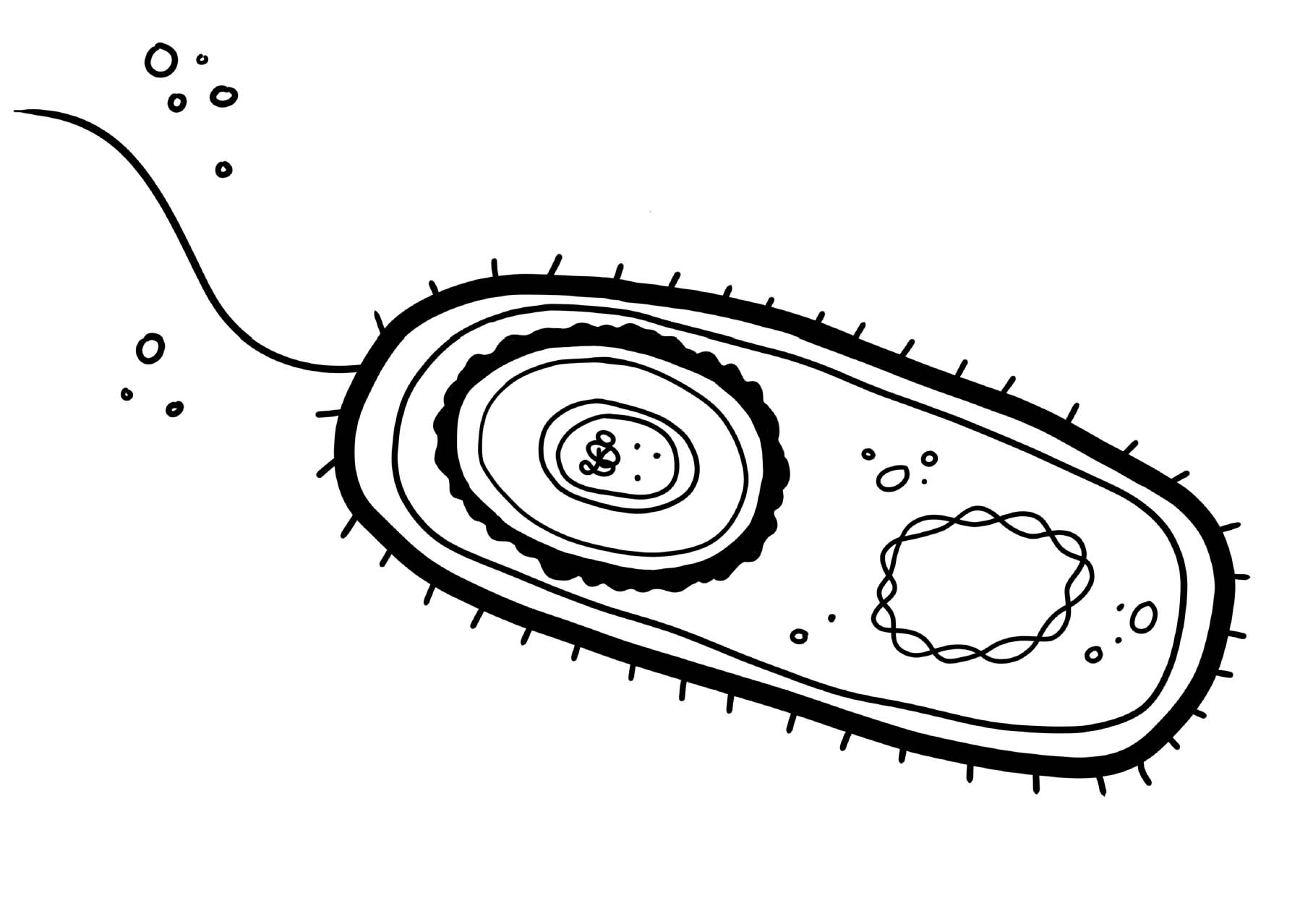
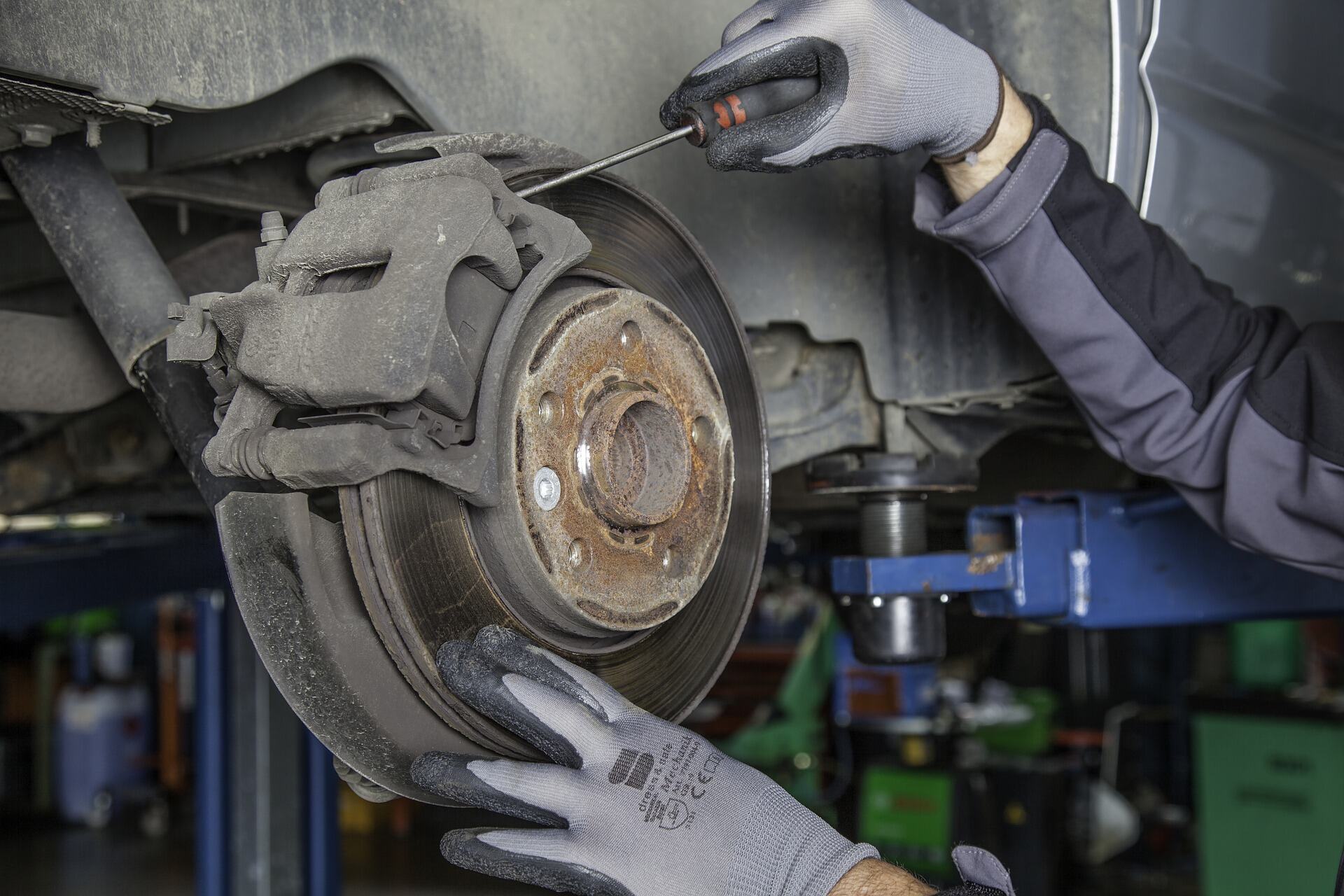
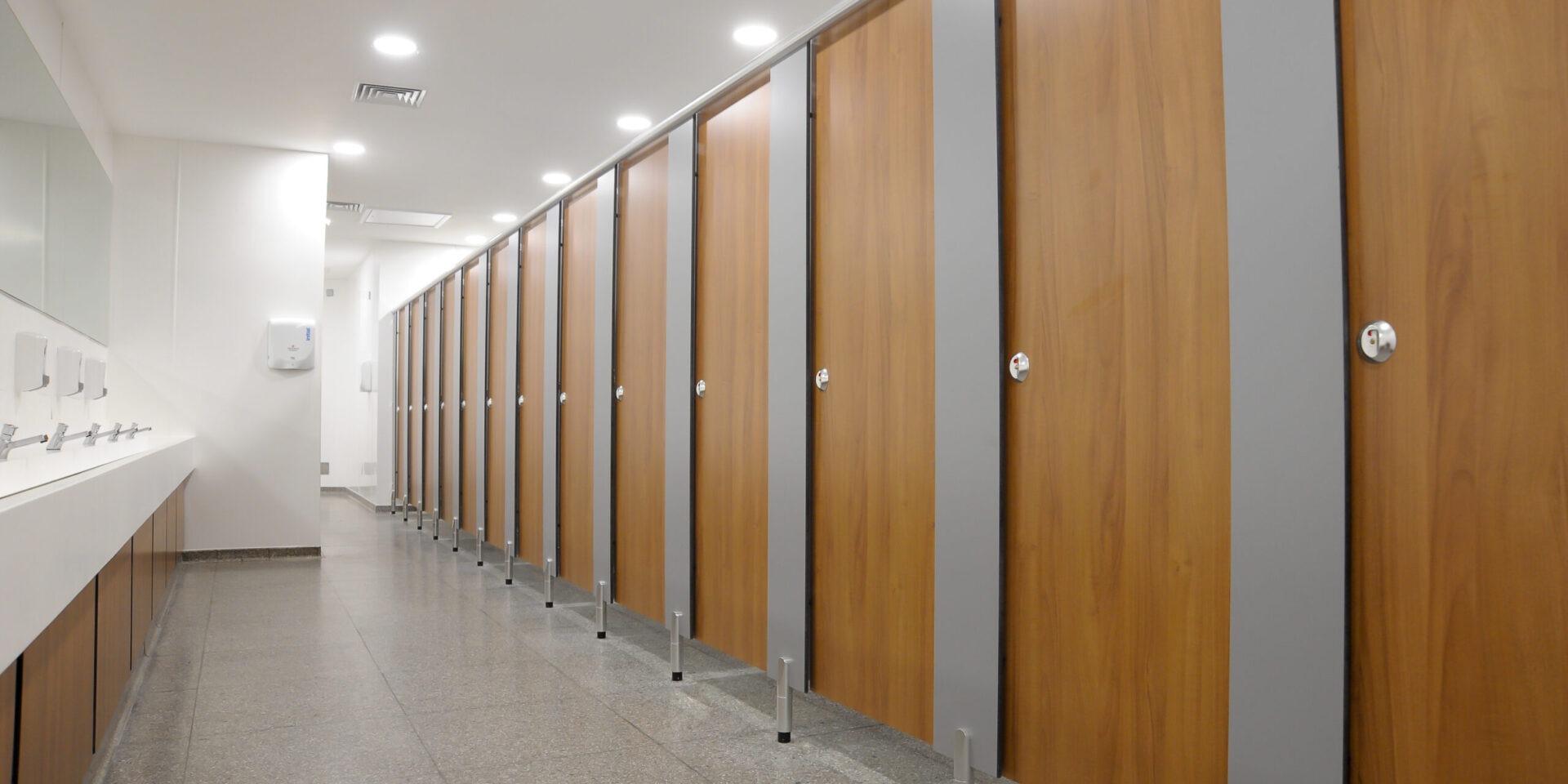





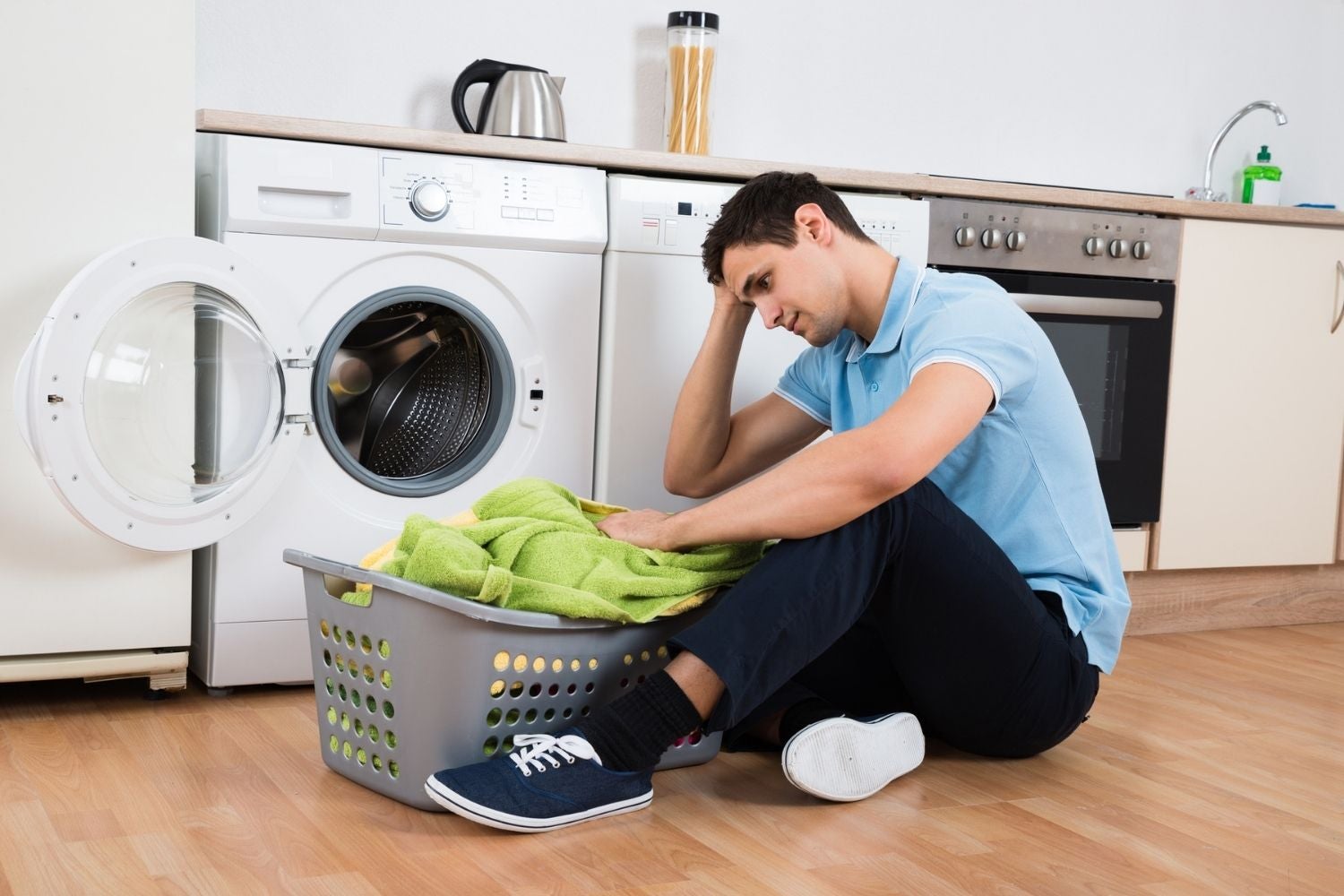

0 thoughts on “What Causes The Brake Pedal To Go To The Floor”